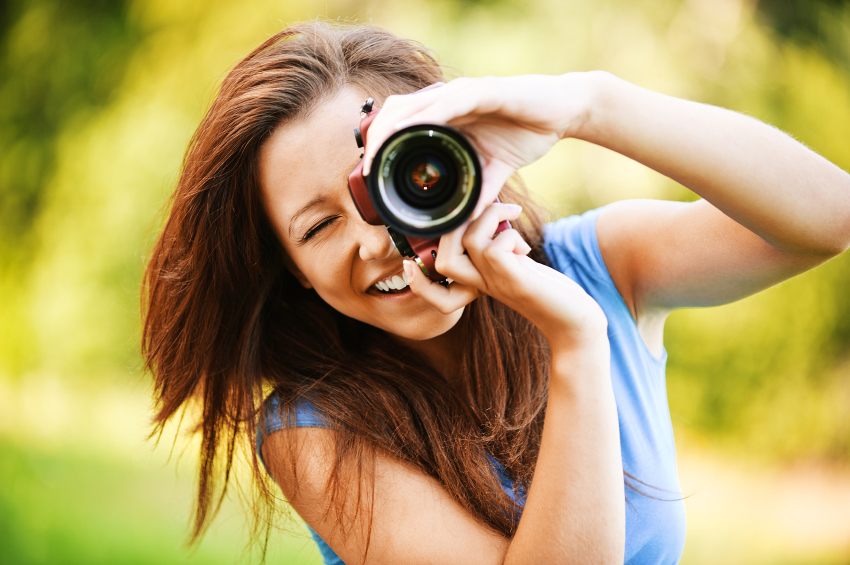A simple and rewarding photographic pastime is photographing flowers. The array of colours and design are immeasurable. Our gardens are full of opportunities and one does not have to travel far to find images worth experimenting with and keeping. There a few key considerations to ensure you make the most of day.
Use a Macro Lens.
A macro lens is the best lens for optimum results. Marco lenses come in a range of focal lengths. A 100MM prime macro lens is one of the better macro focal lengths to use. With a Macro lens the depth of field is limited and care must be taken when focusing.
Manual Focusing:
Try manual focusing your subject. Focusing is critical in most cases. Ensuring your camera is supported on a tripod, you can selectively focus a point using manual focus for greater accuracy.
Live View:
Take advantage of live view on your camera body. You may need to adjust your camera position either forward or back to ensure you have the area your looking for nice and sharp. Using live view is an ideal tool to assist.
Shoot in Manual Mode:
Using manual mode is the best way to achieve the desired results. You are able to refer to the camera histogram and make the necessary exposure adjustments. Keep in mind that primary colours, Red, Green and Blue will have greater saturation with under exposure. You will mostly use the aperture setting and the primary choice. Aperture controls depth of field. Lower ISO should be used 100-400 to retain as much contrast as possible. Working on a tripod adjust shutter speed as the exposure manipulation tool.
Other Tips
- Shoot in RAW. A RAW file will have greater information for post production work.
- Use a daylight white balance setting.
- Ensure the camera is set to single shot drive mode.
- Bracket exposures.
- If detail from foreground to background is important, use small aperture settings F16 for example.
- If isolation of a particular part is important, use wider aperture settings F4 for example.
- Use a cable release, self timer or the WiFi option if have it. Keeping the camera steady as possible is essential to avoid any camera shake.
- Take a water spray bottle with you. Spraying petals with water droplets gives a fresh feel to the flower.
Reflectors and Flash
Reflectors are a very handy addition. Using a white reflector to bounce side lit light direction into the shadow side of the subject will help control the light ratio and improve the texture qualities of the subject.
Generally the flash will need to be diffused or bounced to soften the quality of the light from the flash. The flash is the best tool if you are looking to send the background darker than the subject.
Consider other elements.
Including other elements such as a butterfly, bee or other insects shows the connection between environmental factors. Including other living species that interact with the flower add storytelling context and interest.
Backgrounds and viewpoints are very important. Ensure your viewpoint is illustrating the flowers design. Be aware of the background and keeping a balance and harmony between the subject and background ensures the flower is not competing with background clutter. Selective focus and viewpoint will assist however you may need to remove clutter if required.
Weather and Light Conditions.
Avoid windy days where possible. Wind creates movement which will make the exercise difficult.
Light is the key to any photography.
Generally speaking you want to look for two light types. Either
- Soft light where the natural light is diffused by cloud cover or
- Back light where where the flower(s) are illuminated from behind to create a natural rim light.
Think Creatively.
Use flowers to show an alternative story. Here Dana Carruthers has used the new flower against aging hands as the story context with excellent results.
Composition.
Avoid placing the flower right in the middle of the frame. Off centre and using the rule of thirds composition provides a more dynamic finish.
Thank you to the students of URCreative/Canon Academy for sharing their flower images.
Click here for more information on our photography courses.
To receive a 10% discount on any prepaid course enter the code:
Flowers
in the discount code box upon checkout.
Click here for other interesting posts and tips.
Keep shooting and keep experimenting with light.
Article from http://urcreative.com.au/photographing-flowers/


